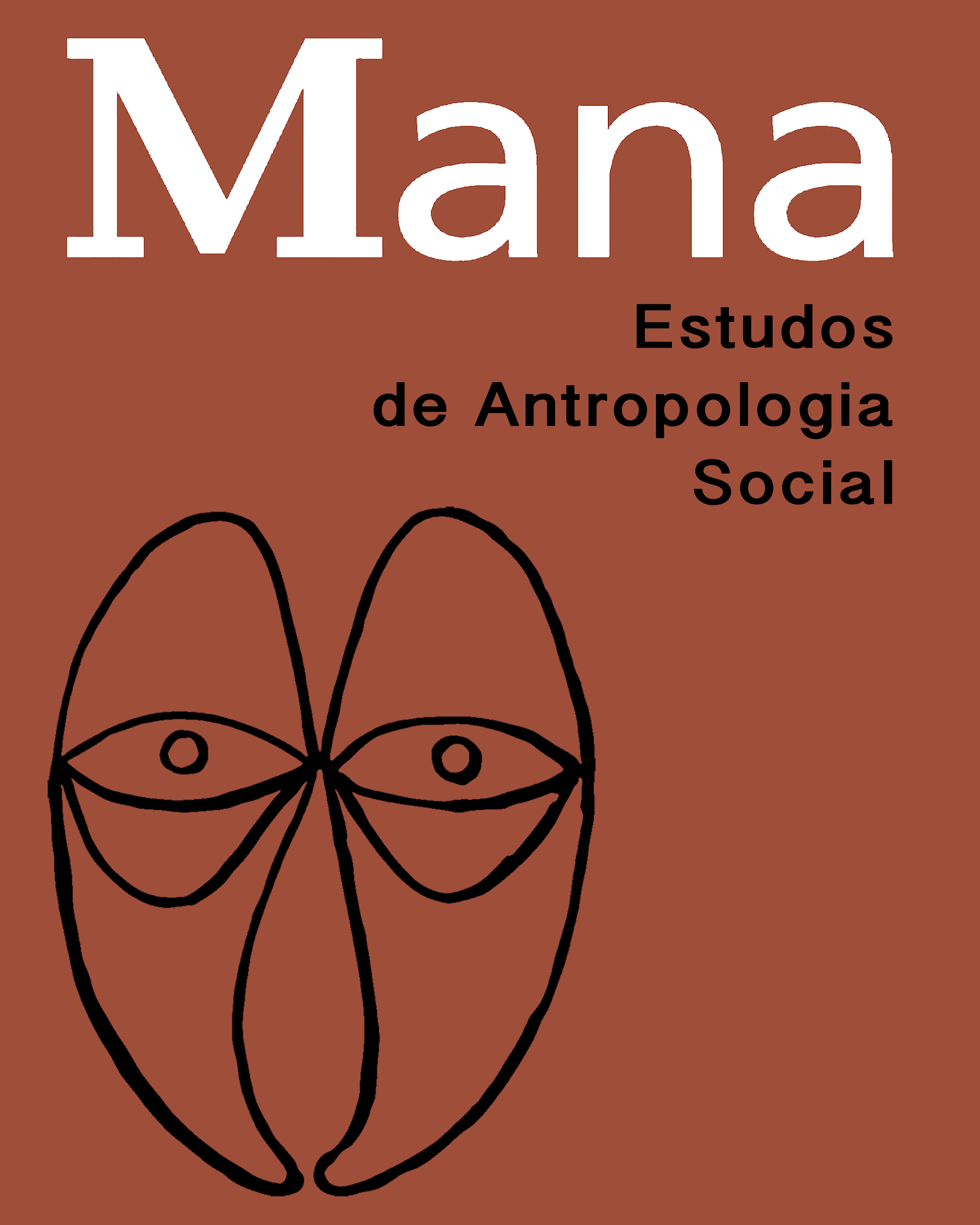In various non-Indo-European languages, grammatical categories such as name, verb and number are classified according to the physical properties or characteristics of their referents. Presenting material on the Tapirapé language (Tupi-Guarani family, Brazil), this paper focuses on a linguistic classification which expresses formal properties ("flat", "round", "tall") in alliance with the position of the referred object ("lying", "seated", "standing") within a system subject to combinatory restrictions. Comparison with classificatory systems of other South American Indian languages reveals that despite apparent diversity, it is possible to detect not only a reduced number of geometric-semantic components which are always at work, but also coincidences in the inclusion or exclusion of members in the different classes. Diversity can thus be seen as a surface phenomenon: closer examination appears to contradict both moderate and extreme versions of linguistic relativism or, in other words, of the alleged possibility of infinite shapings of an outside world. The Tapirapé case reveals that at stake is not the expression of a culturally filtered pre-existing world: rather, it is the case of a reality built out of a very simple but highly profitable semantic geometry in which time, space and aspect are interdependent and by which the speaker's perspective of an event, a fact or the mere recognition of the existence of objects and beings, is apprehended.






